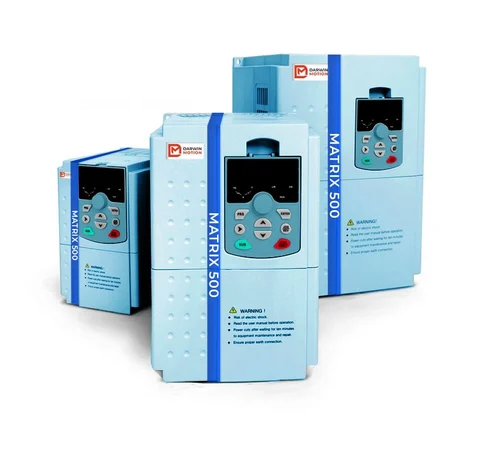Posted on 22nd Oct 2024

Electric Overhead Traveling (EOT) cranes are vital in industries such as manufacturing, shipping, and construction, where heavy lifting is a daily requirement. The integration of Variable Frequency Drives (VFDs) into EOT cranes has revolutionized their operation, enhancing performance, energy efficiency, and overall productivity. This article explores the benefits and applications of VFDs in EOT cranes, along with some considerations for their implementation.
A Variable Frequency Drive is an electronic device that controls the speed and torque of an electric motor by varying the frequency and voltage of the electrical power supplied to it. In the context of EOT cranes, VFDs allow for precise control of the crane’s movements, including lifting, lowering, and horizontal travel.
1. Enhanced Control and Precision
VFDs provide smooth acceleration and deceleration of the crane, allowing operators to control loads more precisely. This is particularly important in applications where the careful placement of heavy items is required. The ability to adjust speed in real-time enhances operational safety and reduces the risk of accidents.
2. Energy Efficiency
Traditional crane systems often operate at a constant speed, which can lead to significant energy wastage. VFDs optimize energy consumption by adjusting motor speed based on load requirements. This leads to reduced energy costs and a smaller carbon footprint, making operations more sustainable.
3. Reduced Mechanical Stress
The soft start capabilities of VFDs minimize mechanical stress on the crane’s components during startup and shutdown. This reduction in stress not only extends the lifespan of mechanical parts, such as gears and bearings, but also decreases maintenance costs and downtime.
4. Improved Performance
VFDs can improve the overall performance of EOT cranes by allowing for faster load handling and increased productivity. With the ability to control acceleration and deceleration rates, cranes can operate more efficiently in various applications, from assembly lines to shipping docks.
5. Enhanced Safety Features
Modern VFDs come equipped with various safety features, such as overvoltage protection, undervoltage protection, and thermal protection. These features help prevent damage to both the crane and its operators, creating a safer working environment.
Variable Frequency Drives are particularly beneficial in several industries:
- Manufacturing: EOT cranes are used to move heavy materials and components on assembly lines, where speed and precision are crucial.
- Shipping and Logistics: In ports and warehouses, cranes equipped with VFDs facilitate the rapid loading and unloading of containers and goods.
- Construction: EOT cranes lift and position heavy building materials, where smooth and controlled operations are essential for site safety.
1. Compatibility with Existing Systems
When integrating VFDs into existing EOT crane systems, it’s important to ensure compatibility with current motor and control systems. This may involve upgrading certain components or performing a complete overhaul of the electrical system.
2. Training and Support
Operators and maintenance personnel should receive proper training on VFD operation and maintenance. Understanding how to optimize VFD settings for specific tasks can further enhance performance and safety.
3. Cost vs. Benefit Analysis
While VFDs can lead to significant long-term savings and performance improvements, the initial investment can be considerable. A thorough cost-benefit analysis is essential to determine the feasibility of VFD implementation for specific operations.
The integration of Variable Frequency Drives in EOT cranes represents a significant advancement in crane technology. By enhancing control, improving energy efficiency, reducing mechanical stress, and providing increased safety, VFDs contribute to more efficient and productive lifting operations. As industries continue to seek ways to optimize performance and reduce costs, VFDs will undoubtedly play a critical role in the future of crane operations.